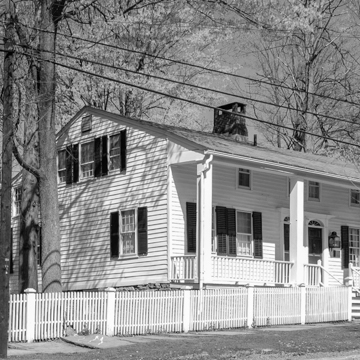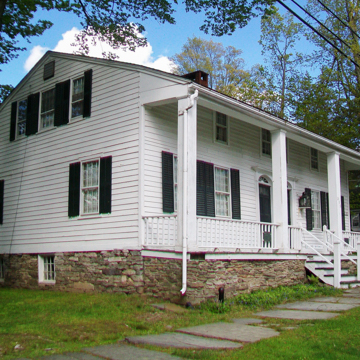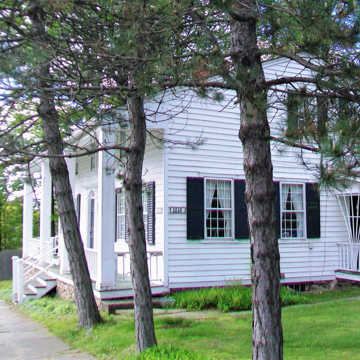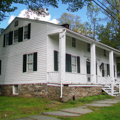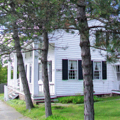The clapboarded Mulford-Lyons House is a Federal-style expression of New England saltbox houses found on eastern Long Island. Merchant Sylvanus Mulford built the
You are here
Mulford-Lyons House
1818; 1860 after 1860 rear addition. 65 Church St.
If SAH Archipedia has been useful to you, please consider supporting it.
SAH Archipedia tells the story of the United States through its buildings, landscapes, and cities. This freely available resource empowers the public with authoritative knowledge that deepens their understanding and appreciation of the built environment. But the Society of Architectural Historians, which created SAH Archipedia with University of Virginia Press, needs your support to maintain the high-caliber research, writing, photography, cartography, editing, design, and programming that make SAH Archipedia a trusted online resource available to all who value the history of place, heritage tourism, and learning.


